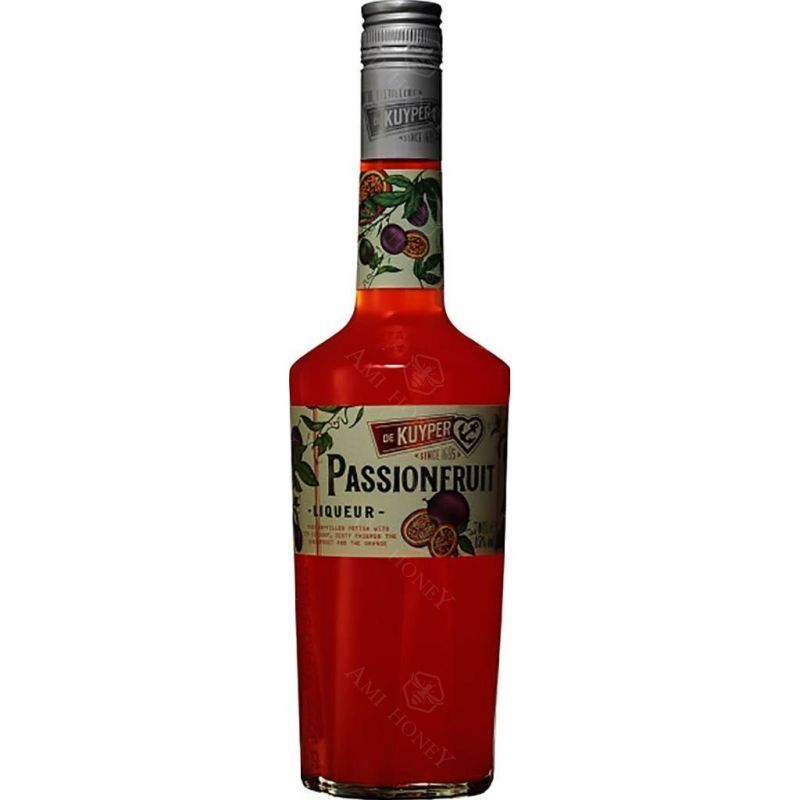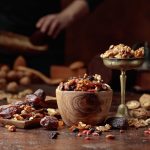Introduction to Liqueur Made from Dried Fruit
Liqueur made from dried fruit offers a unique twist to traditional spirits. These liqueurs delight with rich, concentrated flavors that emerge from dried fruits and the alchemy of infusion. Making liqueur with brandy and dried fruit is not just a way to create a personalized drink; it also revives an age-old tradition of preserving fruits and their essences.
When you think of liqueurs, you might first imagine fresh fruits, but dried fruits provide an equally impressive base for these artisanal beverages. They have a different character, a depth intensified by the dehydrating process which locks in sweet and tangy tastes. As they soak in alcohol, such as brandy, these flavors transfer to the liquors, infusing them with a robust and often exotic profile.
Creating your own liqueur made from dried fruit is straightforward and rewarding. It starts with selecting high-quality dried fruits and combining them with brandy in the right proportions. Over time, the fruit’s essence melds with the spirit, resulting in a liqueur that boasts a homemade charm and could stand shoulder to shoulder with the finest distillery offerings.
In embracing this craft, you’re taking on the role of the artisan, patiently waiting as nature and time work together. Whether you want to enjoy a drink with a personal touch or create heartwarming gifts, liqueurs from dried fruit provide that opportunity. Through the upcoming sections, we’ll explore the history of these liqueurs, how to pick the best fruit, and the actual process of making your own signature sips at home.
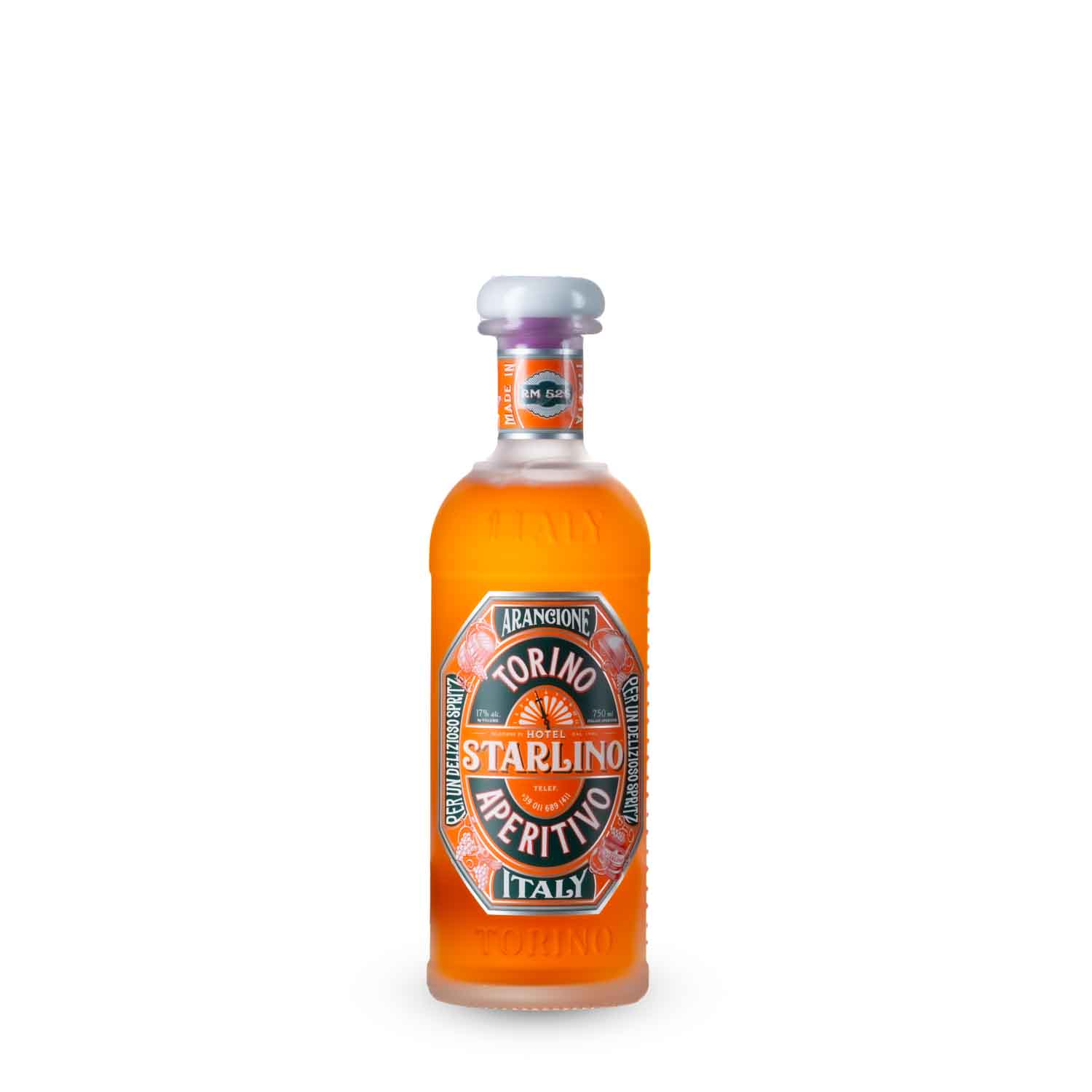
The History of Fruit Liqueurs
As travel and trade expanded, the art of liqueur making spread. Every region brought its unique touch, influenced by the locally available fruits and spices. This gave rise to a plethora of liqueurs, each with its distinct flavor and charm.
One notable contribution to fruit liqueurs was the development of Brandy. This spirit became a choice base for fruit infusions due to its own rich character. It melded perfectly with the concentrated sweet and tangy flavors of dried fruits.
Over time, improvements in distillation techniques and the increasing availability of sugar enhanced the quality and variety of liqueurs. They moved from medicinal use to become a beloved element of social gatherings and fine dining.
Now, with individuals rediscovering the joys of crafting liqueur made from dried fruit or Brandy at home, we are part of a renaissance, returning to the roots of liqueur history. We can create personalized beverages that are echoes of the past yet tailored to modern palates.
Selecting the Right Dried Fruit for Your Liqueur
Choosing the best dried fruit for your liqueur is key. This step sets the foundation for flavor and quality. Start by looking for fruits with vivid colors and rich aromas. These traits often indicate good preservation and high flavor concentration.
Opt for organically dried fruits when possible. They often lack preservatives, offering a pure taste. Ensure the fruits are properly dried but not over-dehydrated. Too-dry fruits can absorb less brandy, leading to weaker flavors.
Variety matters too. Each fruit brings its own profile. Apricots offer a sweet-tart balance. Figs contribute a honey-like sweetness. Cherries add a tart and deep undertone. Experimenting with different types can lead to surprising and delightful results.
Check the texture. It should be slightly pliable, not rock hard. This ensures they will infuse well into the brandy. Also, smaller pieces mean more surface area and better infusion. Consider slicing or chopping bigger fruits for this purpose.
Finally, trust your senses. The best ingredients will look, smell, and taste great even before infusion. Your intuition about what will work best in a liqueur made from dried fruit or brandy is valuable. Don’t hesitate to rely on it.
Remember, quality in equals quality out. Invest time in selecting the perfect dried fruits and you’ll be rewarded with a superior homemade liqueur.
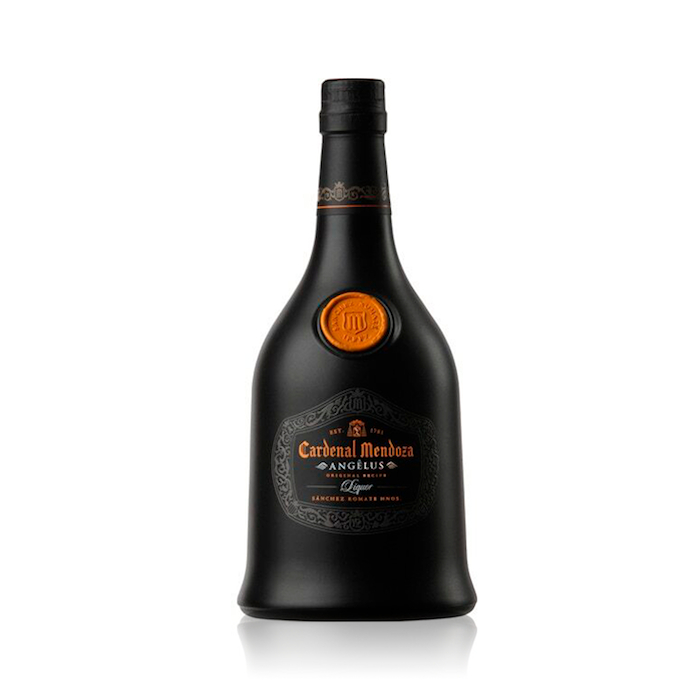
Step-by-Step Guide to Making Your Own Dried Fruit Liqueur
Making your own liqueur with dried fruit and brandy is an enjoyable journey into the world of home crafting. Here’s a simple guide to help you through the process:
- Choose Your Fruit: Select the dried fruit of your preference. Remember to pick fruits that are vivid in colour and rich in aroma for best results.
- Prepare Your Ingredients: If necessary, chop the fruit into smaller pieces to increase the surface area for better infusion. Measure out about 1 cup of dried fruit for every 2 cups of brandy.
- Combine Fruit and Brandy: Place your dried fruits into a clean jar. Pour the brandy over the fruit until they’re fully covered. The proportion is crucial – maintain a good balance to ensure proper flavor infusion.
- Seal and Store: Tightly seal the jar. Store it in a cool, dark place. A cupboard away from direct sunlight works well.
- Shake Occasionally: Give the jar a gentle shake every couple of days to mix the fruits and brandy. This helps in evenly distributing the flavors.
- Wait Patiently: Let the mixture infuse for about 3 to 4 weeks. The longer it sits, the more flavorful your liqueur will become. Taste it periodically to check if it has reached your desired strength.
- Strain the Liqueur: Once the infusion process is complete, strain the liqueur through a fine mesh sieve or cheesecloth to remove the fruit pieces.
- Final Filtration: For a clearer liqueur, filter the liquid again using a coffee filter or a specialized filtering system.
- Bottle Your Liqueur: Transfer the filtered liqueur into clean bottles. Use a funnel to prevent spills. Label your bottles with the date and type of fruit used.
- Enjoy or Share: Now, your homemade dried fruit liqueur is ready. Enjoy it on its own, use it in cocktails, or give it as a thoughtful, handcrafted gift.
Patience is key in making a successful liqueur. The process is not difficult but requires careful attention to detail. By following these steps, you’re sure to craft a distinctive and enjoyable liqueur made from dried fruit or brandy.
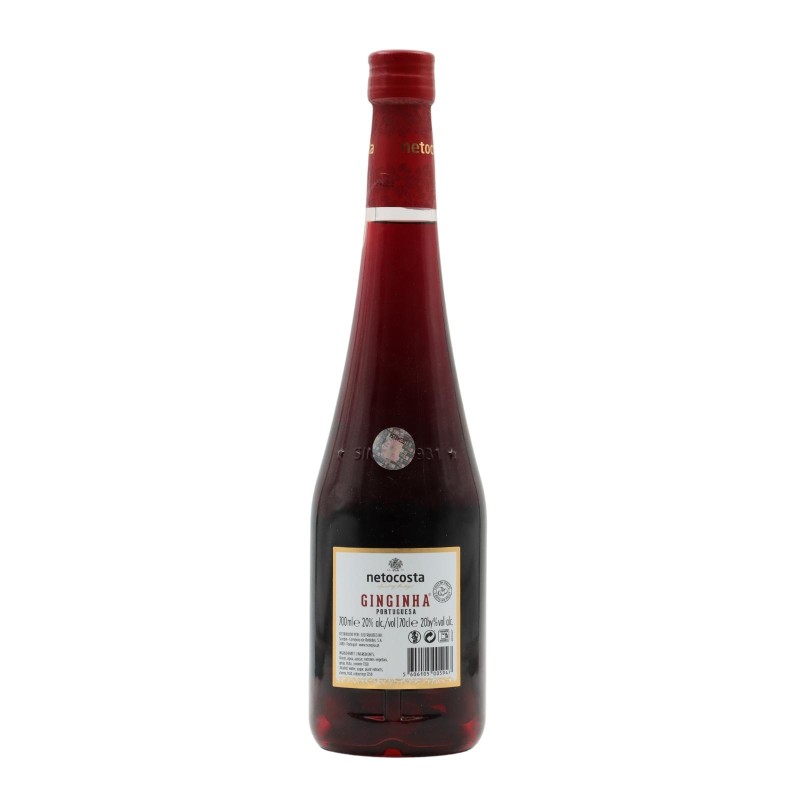
Understanding the Infusion Process
The infusion process is crucial in making a liqueur made from dried fruit or brandy. It transforms the flavors from the fruit into the spirit, resulting in a unique and rich liqueur. Here’s a basic overview of how it work:
- Start the Infusion: After combining the dried fruit and brandy, the mixture must sit to allow the flavors to meld. The alcohol acts as a solvent, extracting flavors and colors from the fruit.
- Time is Key: The longer the fruit soaks in the brandy, the stronger and more complex the flavor of the liqueur will be. A period of 3 to 4 weeks is a good starting point for infusion.
- Regular Mixing: Shaking the jar occasionally helps the fruit and brandy mix well. It ensures all parts of the fruit contact the alcohol, which is vital for even flavor extraction.
- Taste Test: It’s important to taste the liqueur during infusion. Doing this helps determine if the flavor is on the right track or if more time is needed.
- Room Temperature Works Best: The jar should sit in a cool, dark place, ideally at room temperature. Heat or light can disrupt the infusion process.
- Patience Pays Off: Resist the urge to rush the process. Good things take time, and this is especially true for infused liqueurs.
By understanding and following these steps, you can ensure a successful infusion, creating a flavorful liqueur made from dried fruit or brandy that is sure to impress.
Filtering and Bottling Your Homemade Liqueur
- Straining the Mixture: Start with straining your infused brandy to remove the larger pieces of dried fruit. Use a sieve or mesh strainer for this. Straining keeps your liqueur free from debris and improves its appearance.
- Fine Filtration: For a crystal-clear liqueur, further filtration is necessary. Pass your spirit through a coffee filter or use a fine cloth. This step will remove any remaining small particles.
- The Beauty of Bottles: Clean glass bottles are not just containers; they are the presentation of your hard work. Ensure they are sterile to keep your liqueur safe. Using a funnel helps avoid spillages and wastage when pouring your liquid treasure into bottles.
- Sealing Against Spoilage: A tight seal is your liqueur’s best friend. It locks in the flavor and extends the shelf life. Corks or screw caps are both fine choices, so pick what you prefer.
- Label Wisely: Labels are not only for identifying your liqueur but also for remembering when it was made. Note the type of fruit used and the date of bottling. This information is helpful for tasting notes and for future reference.
- Patience for Perfection: Once bottled, give your liqueur a little more time. A week or two allows any remaining sediments to settle. This rest period can also mellow the flavors, blending them perfectly.
- Ready to Serve: Now your liqueur is ready for enjoyment. Pour it as a neat sip, use it in cocktails, or offer it as a personalized gift. With every taste, enjoy the fruits of your patience and skill.
Filtering and bottling are the final touches that set apart a good homemade liqueur from a great one. By ensuring these steps are done with care, you will savor the sumptuousness of your own liqueur made from dried fruit or brandy.
Creative Uses for Your Dried Fruit Liqueur
Once you have crafted your dried fruit liqueur, the fun begins. This unique beverage offers a range of delightful applications. You can use it to add a personal touch to classic cocktails. Try replacing standard spirits with your homemade liqueur for a new flavor twist. For instance, a dash in a margarita can bring a fruity undertone. Sipping it neat is a pleasure, too. The rich tones warm you with each sip, perfect for quiet evenings.
Cooking with liqueur introduces rich flavors to your dishes. Add it to desserts like cakes, puddings, and fruit salads for a surprising kick. A drizzle over ice cream transforms a simple treat into a gourmet delight. Remember to add it after cooking to preserve the alcohol and flavor intensity.
Your homemade liqueur also makes for gorgeous gifts. Present it in a decorative bottle with a custom label. It’s sure to impress friends and family. Such gifts are thoughtful and show off your crafting skills. Remember to include a note on how to use it.
Finally, hosting a tasting event is a creative way to share. Invite friends to try different homemade liqueurs. Compare notes on the distinct tastes and possible uses. This type of gathering can spark new ideas and celebrate the craft of homemade spirits.
Creating liqueur from dried fruit or brandy is just the start. How you use it can keep the experience fresh and exciting. It’s versatile, enjoyable, and a wonderful way to show creativity.
